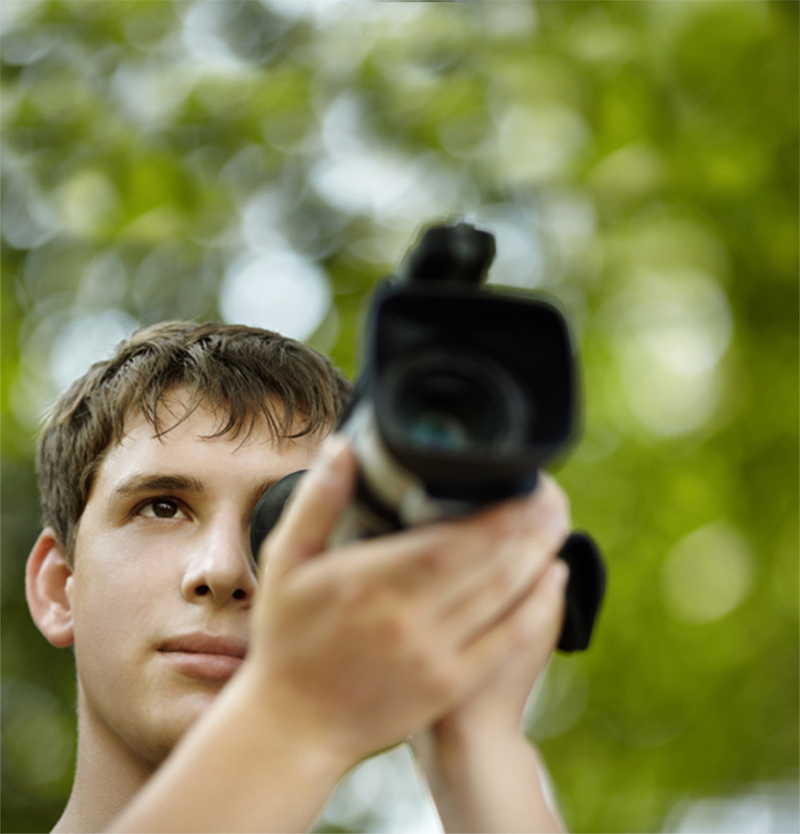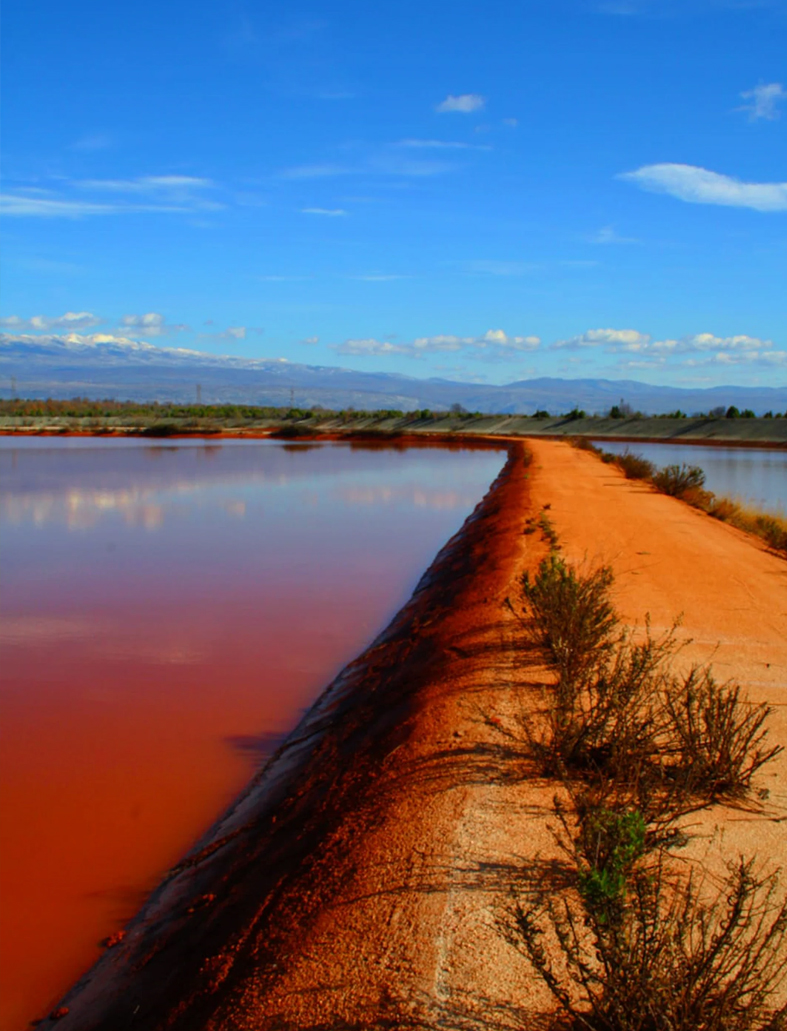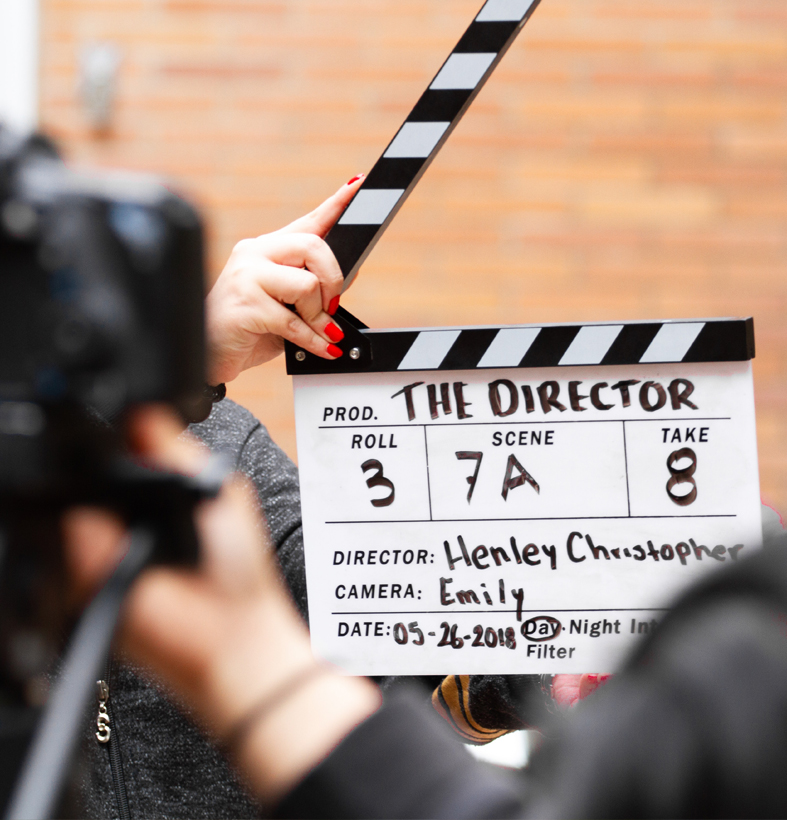Competition Rules
Competition Rules
The YRE Canada National Competition is open to entrants in two categories: ages 11-14, and ages 15-18. Article, photo, or video submissions must meet a few criteria. Pieces should:
- Investigate solutions to a local environmental issue/problem based on this year’s themes of pollution, loss of biodiversity, or climate change that have to be linked to a chosen Sustainable Development Goal (SDG).
- Report on the chosen issue through writing, photos, or video.
Students may submit more than one piece and can work individually or in groups of up to three people. Please note, winners in each category and age group will be publicly displayed and promoted on EcoSchools Canada’s social media and website.

Acceptance Criteria
Sumbmissions must include the following:
1. The name of the author(s).
2. Their age on the day of submission to the National Competition
3. The name of their registered school or group
The submissions must also:
-
Be the correct length, size and format, etc. See specific guidelines for articles, photographs, and videos below.
-
Be submitted in written or spoken English, or have English subtitles in the case of a video.
-
Be focused on a pertinent (real and current) local issue. This year’s themes are climate change (preferred theme for the year), pollution and loss of biodiversity though submissions are not required to connect to these themes.
-
Concentrate on possible solutions or present existing possible solutions, using the knowledge of different local stakeholders or experts.
-
Have accreditation and have permission for usage of the pictures and music which are not original and used in articles or videos.
-
Include information about chosen Sustainable Development Goals (SDG), with explanation of how the submission addresses the link between the topic and the chosen SDG.
Not meeting the International Competition’s acceptance criteria will result in disqualification.
Submission Guidelines

Articles
- Written submissions must not exceed 1,000 words in length and may include illustrations and photographs. The source of all non-original illustrations and photographs must be given.
- An article must be accompanied by a title of not more than 140 characters.
- Articles must be sent digitally in Microsoft Word format.
- Must include 1-3 images (photographs, illustrations, diagrams, etc.), each with captions of no more than 20 words. Sources for all images must be given.
- Must include an introduction, body (supporting paragraphs) and conclusion and answer the questions of who, what, where, why, when, and how.

Photography
Option 1: Single Reportage Photo
The purpose of the Single Reportage Photo is to tell a story though a photograph that truthfully and accurately captures the reality of a situation, event or issue. The photograph should be candid, i.e. not be posed, or manipulated. An environmental lens or perspective is required.
- A single photograph must be submitted to the National Operator in JPEG or PNG format with a resolution of no less than 150-300 DPI.
- A photograph must be accompanied by a title of not more than 140 characters
- Must have a description of no more than 100 words and a caption of no more than 20 words OR only a description of maximum 120 words in total. The description and caption should explain the environmental link and/or solutions to issue presented in the photograph.
Example:
[TITLE, MAX. 140 CHARACTERS]
The ”Red Lake” near Dobro Selo in B&H
[DESCRIPTION, MAX. 100 WORDS]
This is “Red Lake”, a problem of Herzegovina and the entire region that is desperate for rehabilitation. A reminder of a failed factory and its forgotten landfill. Red sludge is toxic due to high alkalinity and heavy metal content. There are scientific papers on the topic of sludge and waste lye remediation. It can be used to produce a gelatinous coagulant which is a means of purifying industrial wastewater. There are other ways to successfully rehabilitate the sludge, but question remains whether the regional authorities want to deal with it and try to obtain funds, which are obviously a problem.
[CAPTION, MAX. 20 WORDS]
A threatening ecological bomb to the Neretva Valley and the Adriatic.

Option 2: Environmental Campaign Photo
The purpose of the Environmental Campaign Photo is to raise awareness of an issue, promote certain values, and/or inspire positive action through a photograph. The photograph can be staged, and the subject can be posed with the intention of sending a message to the viewers. An environmental lens or perspective is required.
-
A single photograph must be submitted to the National Operator in JPEG or PNG format with a resolution of no less than 150-300 DPI.
-
A photograph must be accompanied by a title of not more than 140 characters
-
Description (optional) of no more than 100 words. The description should explain the environmental link and/or solutions to issue presented in the photograph.
-
Editorial alterations to the photo (e.g. colour, contrast, definition, shadows, highlights, cropping, levelling, etc.) are permissible, as long as these alternations do NOT alter the reality of the subject or object of the photo.
-
If applicable, facts, statistics, and scientific information must be supported by credible sources
Example:
[TITLE, MAX. 140 CHARACTERS]
It’s time to solve this puzzle!
[DESCRIPTION, MAX. 100 WORDS]
Challenges arise over time to rethink and reflect on society and the planet. The situation we are going through is one of those moments that we should take advantage of to put the missing pieces together. We must put the broken pieces together and rebuild a more sustainable planet, preserving the environment and solving part of the problems of which we are guilty.

Option 3: Photo Story (3-5 Photos)
The purpose of a Photo Story (3-5 Photographs) is to tell a story through a series of photographs to help the viewer better understand environmental issues, events or phenomena. Like photo reportage, a photo story aims to tell a truthful and accurate story through a series of candid photographs.
- A maximum of 3 to 5 photographs must be submitted to the National Operator in JPEG or PNG format with a resolution of no less than 150-300 DPI.
- Must have a title of no more than 140 characters.
- Must have a description of no more than 100 words. Each photograph must have a caption of no more than 20 words. The description and captions should explain the environmental link and/or solutions to issue shown in the photos.
-
Editorial alterations to the photo (e.g. colour, contrast, definition, shadows, highlights, cropping, levelling, etc.) are permissible, as long as these alternations do NOT alter the reality of the subject or object of the photo.
-
If applicable, facts, statistics, and scientific information must be supported by credible sources.
Example:
[TITLE, MAX. 140 CHARACTERS]
Kilometers eaten
[DESCRIPTION, MAX. 100 WORDS]
There are increasingly more products imported from abroad on supermarket shelves, travelling thousands of miles. In contrast, an elderly couple from Spišská Nová Ves demonstrates how an entire lunch can be prepared locally, and directly from the garden. During the corona crisis we are once again discovering the magic of self-sufficiency.
[CAPTION PER PHOTO, MAX. 20 WORDS]
(see examples below)



The garden includes one of the healthiest and most versatile types of edible plants, garlic.

One portion of the land is used to grow tomatoes as well as leafy vegetables such as lettuces.

Chickens are fed a nutrient-rich diet, ensuring good health and daily egg laying.

Video
Option 1: Reportage Video
Reportage Videos are similar to mini-documentaries. They are based on news, events, history, facts etc., and use elements of direct observation, research, interviews and documentation.
-
Video must be no longer than 3 minutes. This does NOT include credit roll.
-
A video must be accompanied by a title (not more than 140 characters).
-
The format must be compatible with supported YouTube file formats.
-
Recommended to have an introduction and conclusion, use a documentary or reporter/interview style and answer the questions of who, what, where, when, why and how. Music is not recommended.
-
Sources used in the video must be cited either in a credit roll at the end of the video or with a bibliography in MLA format.
Watch the examples below:
Option 2: Environmental Campaign Video
Environmental Campaign Videos aim to raise awareness of an issue, promote certain values, and/or inspire positive action through live images. The campaign story can be staged with the intention of sending a message to the viewers.
-
Video must be no longer than 3 minutes. This does NOT include credit roll.
-
A video must be accompanied by a title (not more than 140 characters).
-
The format must be compatible with supported YouTube file formats.
-
The video should identify relevant and feasible solutions to the environmental issue(s) depicted in the video OR raise awareness about an environmental issue(s), promote certain lifestyle and/or positive actions.
-
Sources used in the video must be cited either in a credit roll at the end of the video or with a bibliography in MLA format.
Watch the examples below:
Remarque : Veuillez prendre note que tous les documents du concours Jeunes reporters pour l’environnement (YRE) sont pour l’instant uniquement disponibles en anglais et que les soumissions doivent également être en anglais.
Nous explorons des opportunités de financement afin de rendre ce programme accessible à la communauté francophone. Restez à l’écoute !
